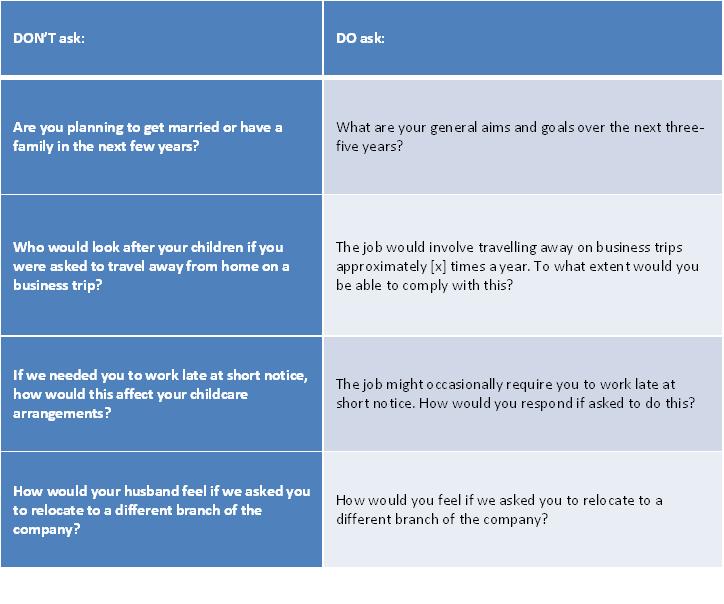Sometimes, as a Manager, you might have to deliver some bad news to one of your employees. You may have to tell someone that their job is redundant, or discuss some poor performance or unacceptable behaviour. The topic under discussion may be a sensitive issue. Some employees could react negatively, by becoming upset, angry or verbally abusive. There are several things that you can do, as their manager, to ensure that the meeting remains productive.
Remain calm. It is your responsibility to achieve a successful outcome to the meeting and this can be done only if you remain calm and refrain from bringing your own feelings into play.
Let the employee ‘vent’. It is important that the employee calms down. However, allowing the employee some time to vent his or her anger or frustration, gives them space and a feeling of being listened to. They may also reveal information that may help in finding a resolution to the problem.
Remember the reason for the meeting. It is easy for the employee to veer into other topics if he or she feels uncomfortable, or is looking for excuses for his or her behaviour. To get back on track, you should remind them of the reason for the meeting and the ideal outcome.
Remember that the issue needs to be dealt with. When faced with a difficult attitude, you might be tempted to postpone the meeting in the hope that the employee will calm down. However, this can make both parties lose sight of the issue. Don’t postpone the meeting simply because the employee is not being receptive.
Inform the employee that his or her attitude does not assist the organisation as a whole. If the issue being discussed is the employee’s misconduct, you could explain to the employee that his or her difficult attitude in the meeting mirrors his or her behaviour in the workplace. This may help the employee to reflect on his or her behaviour and calm down.
Following the Meeting
After the conversation, you should keep the momentum going. Achieving a successful outcome is an ongoing, building process. Failing to keep on top of the issue may undo all the good work and may leave you having to deal with the issue from the beginning. To ensure momentum is not lost, there are several things that you can do:
- Make sure that the employee feels supported. If the employee knows that a manager is there to support and help him or her, this will be invaluable in achieving a successful outcome to the conversation.
- Have regular informal chats with the individual and less regular formal discussions, including a further meeting to review the outcomes or first step.
- Ensure that what was said and agreed in the meeting is well documented. Both parties should agree that the contents of the document reflect what was agreed and thereafter refer to it if there is confusion or disagreement.
- Monitor how the agreed actions are being implemented by the employee.
- Comply with your obligations as to follow-up, for example providing agreed training.
Dealing with a difficult attitude or an angry or upset employee is not something that you have to handle every day, as a manager. However, if you’re prepared, if and when the situation does arrive, you’ll be in a better position to handle it. If you have a difficult conversation to have with a client and you’d like some help getting the best outcome for everyone, call me on 0118 940 3032 or email sueferguson@optionshr.co.uk and I can give you some advice and pointers.

 On the first day of Christmas, my HR Consultant gave to me, a Contract in a pear tree. Make sure that you have up to date contracts for all your employees.
On the first day of Christmas, my HR Consultant gave to me, a Contract in a pear tree. Make sure that you have up to date contracts for all your employees.
 On the third day of Christmas, my HR Consultant gave to me, three French Hens. If you have employees from Europe, keep an eye on our
On the third day of Christmas, my HR Consultant gave to me, three French Hens. If you have employees from Europe, keep an eye on our  On the fourth day of Christmas, my HR Consultant gave to me, four dreaded words. “You have been fired!” Before you rush to sack anyone, check to make sure you have a good reason and
On the fourth day of Christmas, my HR Consultant gave to me, four dreaded words. “You have been fired!” Before you rush to sack anyone, check to make sure you have a good reason and 

 On the seventh day of Christmas, my HR Consultant gave to me, seven swans-a-swimming. If, like a swan, you’re all grace and elegance above water, while below you’re frantically paddling to keep afloat of all things HR, just get in touch to see how we can help.
On the seventh day of Christmas, my HR Consultant gave to me, seven swans-a-swimming. If, like a swan, you’re all grace and elegance above water, while below you’re frantically paddling to keep afloat of all things HR, just get in touch to see how we can help.
 On the ninth day of Christmas, my HR Consultant gave to me, nine ladies dancing. And the men can dance too!
On the ninth day of Christmas, my HR Consultant gave to me, nine ladies dancing. And the men can dance too! On the tenth day of Christmas, my HR Consultant gave to me, ten lords (and ladies) leaping at the Christmas party. Make sure you lay down a few rules for proper behaviour, so that things don’t get out of hand.
On the tenth day of Christmas, my HR Consultant gave to me, ten lords (and ladies) leaping at the Christmas party. Make sure you lay down a few rules for proper behaviour, so that things don’t get out of hand. On the eleventh day of Christmas, my HR Consultant gave to me, eleven pipers piping. Make a big noise when your staff do a great job.
On the eleventh day of Christmas, my HR Consultant gave to me, eleven pipers piping. Make a big noise when your staff do a great job.  On the twelfth day of Christmas, my HR Consultant gave to me, twelve drummers drumming. I keep drumming good HR practices into my clients’ businesses, to help them grow successful companies that are great places to work.
On the twelfth day of Christmas, my HR Consultant gave to me, twelve drummers drumming. I keep drumming good HR practices into my clients’ businesses, to help them grow successful companies that are great places to work.